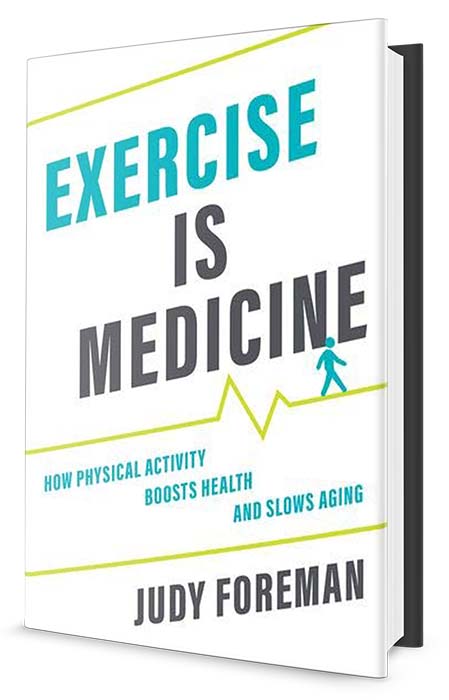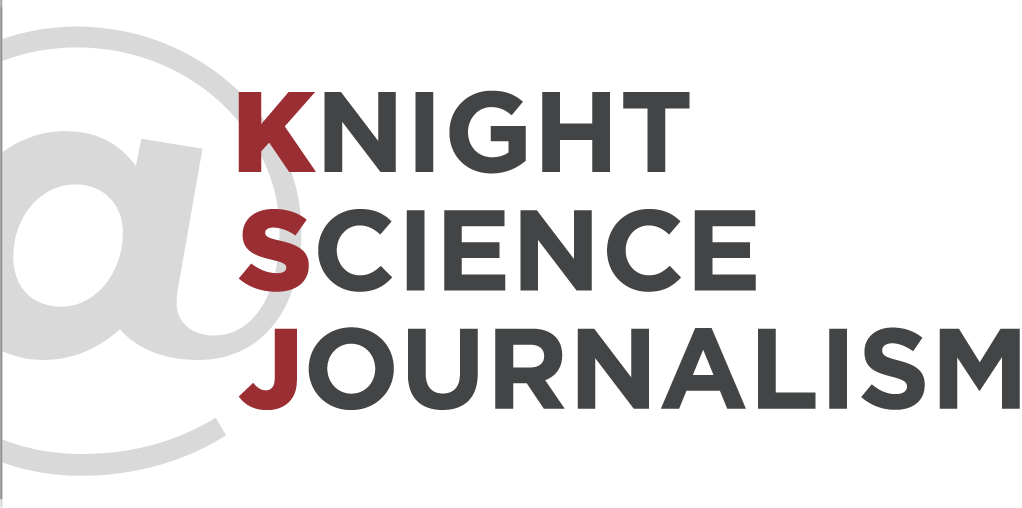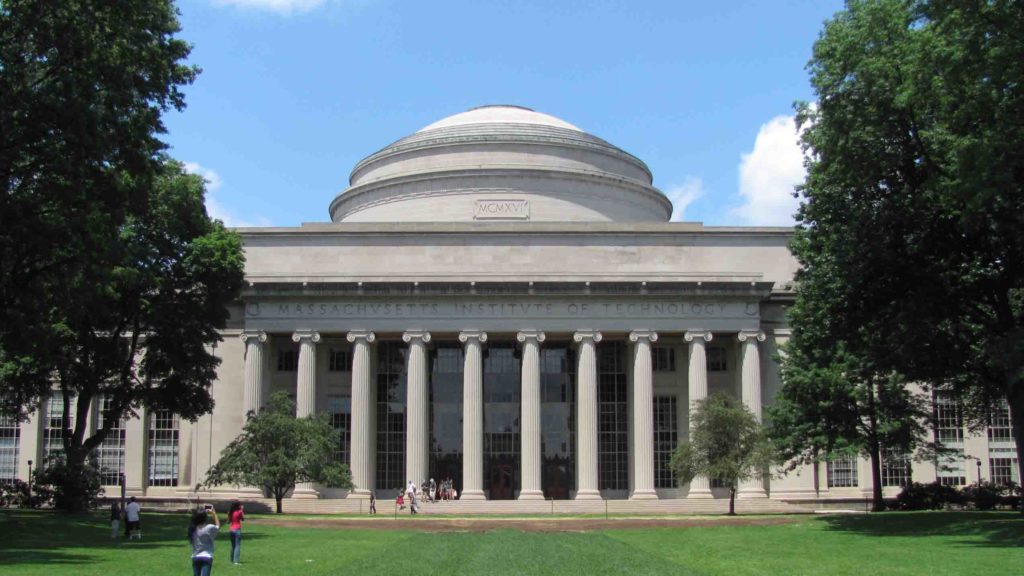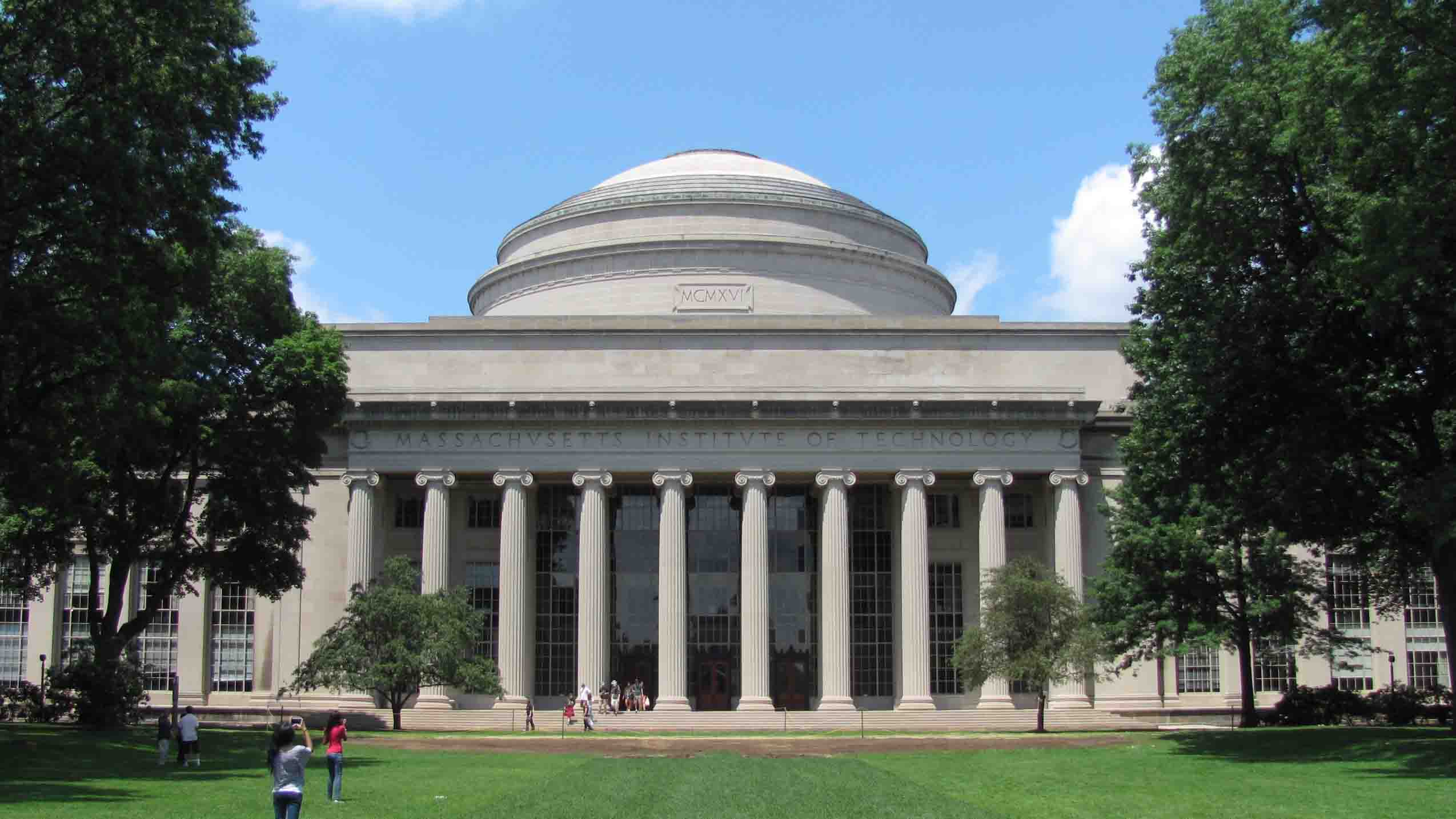
In January, Judy Foreman (‘90) celebrated the launch of her third book, “Exercise is Medicine: How Physical Activity Boosts Health and Slows Aging,” published by Oxford University Press. In the book, Foreman delves into the latest research on evolutionary biology, exercise physiology, and the emerging field of geroscience to unravel exercise’s myriad effects on the brain, muscles, and other organs.
From a Publishers Weekly review: “Readers looking for an impetus to start exercising will find it in this accessible and well-organized book …. Foreman’s primer will be both educational and deeply motivational for the aspiring fitness enthusiast.”
Foreman’s two previous books were about the science of chronic pain.
Judy Fahys (’05) has left her post as the environment and public lands reporter for NPR Utah affiliate KUER and is now working at the Pulitzer Prize-winning InsideClimate News. So far, she’s done stories about what the U.S. Bureau of Land Management’s decentralization means for climate policies, the fight over a coal port in Oakland, California, and climate modeling at the Wyoming Supercomputing Center as the World Climate Research Programme turns 40. Fahys has previously worked for the Salt Lake Tribune, the States News Service, and the Scripps League newspaper chain.
Steve Nadis (‘98) is keeping busy on the physics beat. He explored the interior structure of black holes, and the singularities lurking inside, in two recent articles: “Peering Inside Realistic Black Holes” (“Taking the Plunge”), published in the September/October 2019 issue of Discover; and “Black Hole Singularities Are as Inescapable as Expected,” published in Quanta on December 2, 2019. Nadis also wrote a feature article about the physics of online extremism (“Boiling Point”) for the March/April 2020 issue of Discover.
Here’s what other alumni are writing, a compendium from Federico Kukso (’16):
Christine Mlot (’94): “Relocated island wolves outlasting mainland wolves in new Isle Royale home,” Science.
Mark Harris (‘14): “Ghost ships, crop circles, and soft gold: A GPS mystery in Shanghai,” MIT Technology Review.
Amina Khan (‘19): “How NASA will bring a little bit of Mars back to Earth,” Los Angeles Times.

Federico Kukso (‘16): “Arks for the next deluge,” La Nación (in Spanish).
Caroline Winter (‘18): “With Each Roundup Verdict, Bayer’s Monsanto Purchase Looks Worse,” Bloomberg Businessweek.
Dan Falk (‘12): “How Mathematics Can Save Your Life,” Undark.
Aleszu Bajak (‘14): “What should Peru do to improve its science?” Nature.
Cynthia Graber (‘13): “A Menu of Invasive Species,” The Atlantic.
Konstantin Kakaes (‘10): “Baseball’s ban on sign-stealing technology doesn’t make sense,” MIT Technology Review.
Teresa Firmino (‘09): “The new coronavirus in 17 illustrations,” Público (in Portuguese).
Herton Escobar (‘07): “Brazil’s pick of a creationist to lead its higher education agency rattles scientists,” Science.
Valeria Román (‘05): “They are surgeons but their male colleagues call them “girls”: this is the discrimination women suffer in surgical areas,” Infobae (in Spanish).
Jeff Tollefson (‘05): “NASA soars and others plummet in Trump’s budget proposal,” Nature.





Leave a Reply